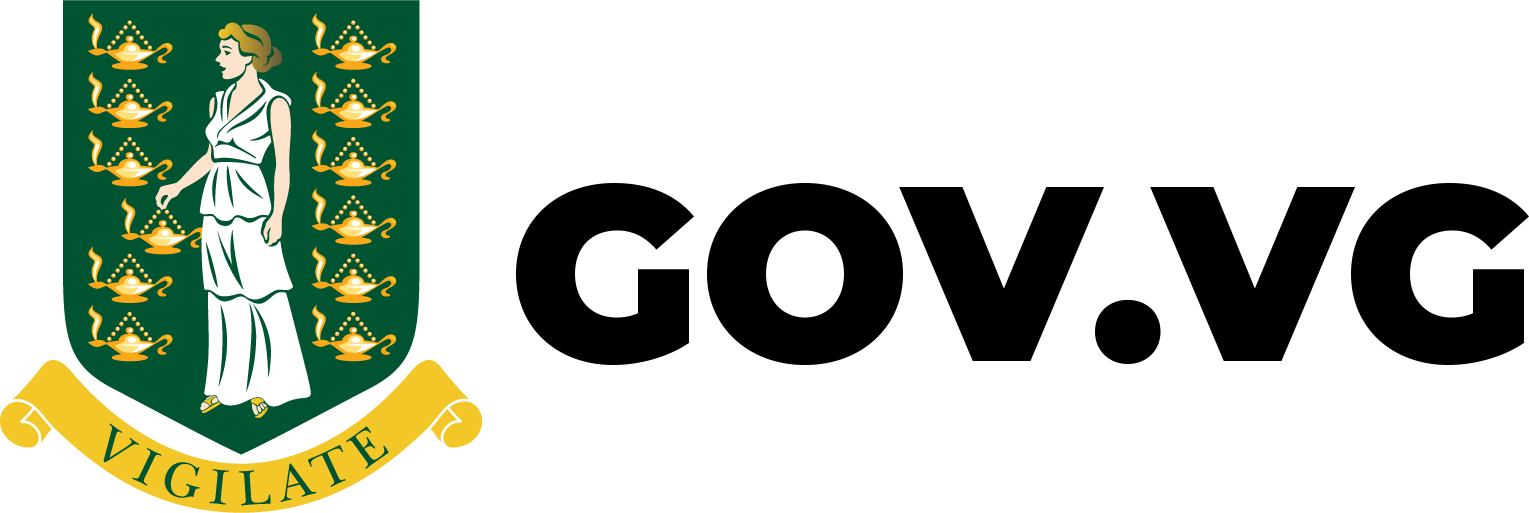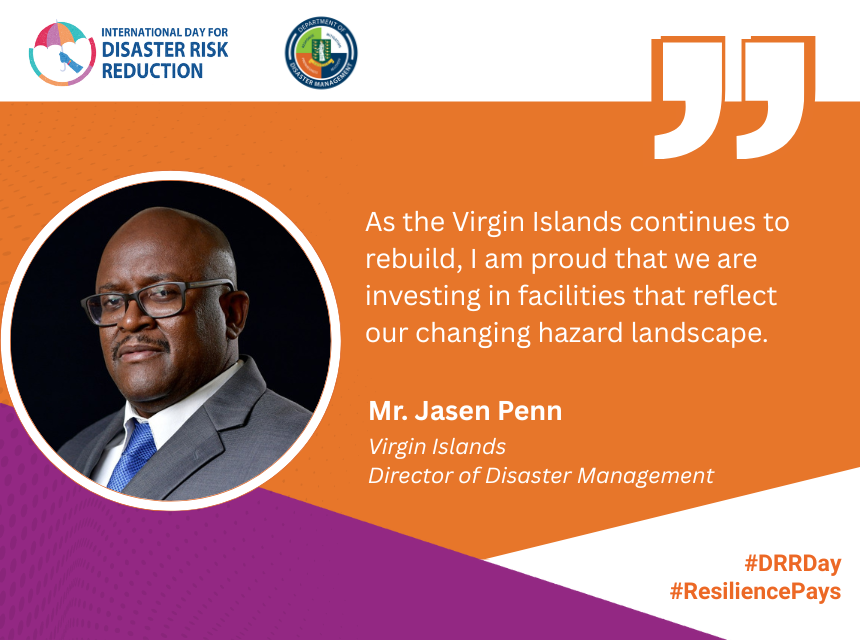Statement
Organisation:
According to a 2025 Global Assessment Report on Disaster Risk Reduction, direct costs related to disasters have reached $202 billion annually. At the same time, the World Bank estimates that every $1 spent on making infrastructure disaster-resilient in developing countries saves $4 in economic impacts. That is why the United Nations’ theme for the 2025 International Day for Disaster Risk Reduction is Fund Resilience, Not Disasters.
Of course, the high cost of disaster recovery is not a new concept in the Virgin Islands.
We have made remarkable progress across many sectors in the eight years since Hurricanes Irma and Maria devastated our Territory, but an estimated $2.3 billion in damage is an enormous financial burden. With international disaster assistance funding on the decline globally, the people of the Virgin Islands will be financing recovery in various ways for years to come.
As the Virgin Islands continues to rebuild, I am proud that we are investing in facilities that reflect our changing hazard landscape. Community centres, schools and other public facilities are being built and repaired to a higher standard, which should mean cost savings after the next major impact. The Territory has secured coverage through the Caribbean Catastrophic Risk Insurance Facility or CCRIF, enabling timely access to financial resources for post-disaster repairs and recovery following a qualifying hazard event.
The Virgin Islands is making strides toward establishing a national met office, which will improve local data collection and increase our understanding of hydrometeorological risks.
At the Department of Disaster Management, we continue to invest in a robust National Early Warning Multi-hazard Alert System, so that our population has time to take action ahead of an impending hazard. Alongside our partners in the Ministry of Education, we have expanded SMART Schools and will continue to do so until all our schools can be safe and resilient.
We also support risk-informed development by providing Hazard Vulnerability Assessments, or HVAs. HVAs are available for residential and commercial developments, and provide information on hazards that may impact a specific parcel, as well as advice to minimise damage from those potential hazards.
It is gratifying to know that the Virgin Islands comprehensive approach to risk reduction has continued to meet the highest international standards; having earned accreditation from the Emergency Management Accreditation Program first in 2015, and re-accreditation in 2023.
Many of the same steps taking place at the Territorial level can be effective at the level of a business or even a family. I urge all in the Virgin Islands to consider insuring their property to protect their investments. Persons and businesses can also take steps to strengthen their buildings; plan for likely hazards like earthquakes, storms and floods; practise their emergency procedures; and make it a habit to understand local threat messages, especially weather information.
I am very grateful to our people who continue to take risk threats seriously. On the International Day for Disaster Risk Reduction and all year long, I hope we continue to be guided the parable that we at the Department of Disaster Management have followed for many years: It is better to prepare and prevent, than to repair and repent.
For Additional Information Contact:
Chrystall Kanyuck-Abel
Information & Education Manager
Department of Disaster Management
Telephone: 468-4200
Email: ckanyuck-abel@gov.vg





